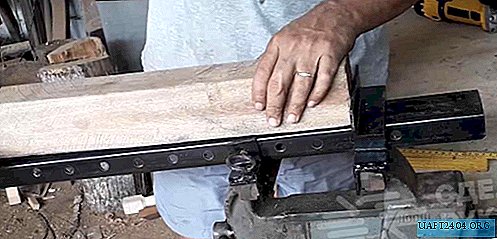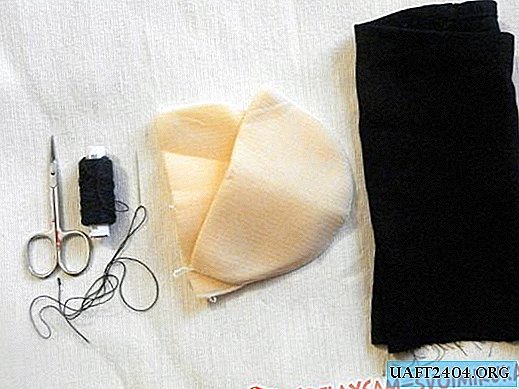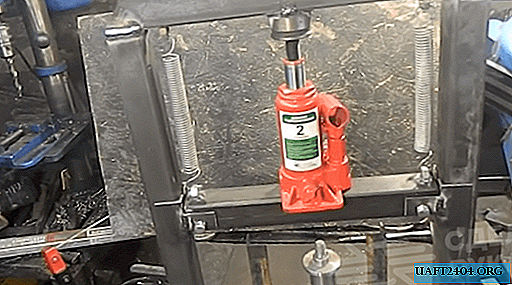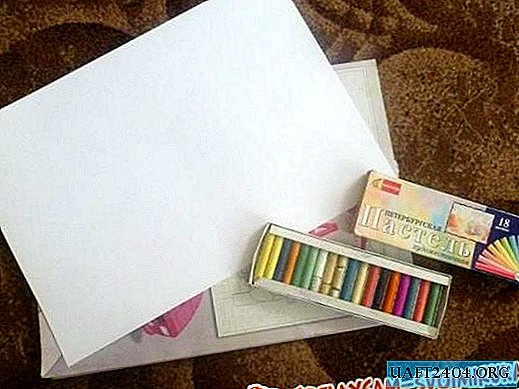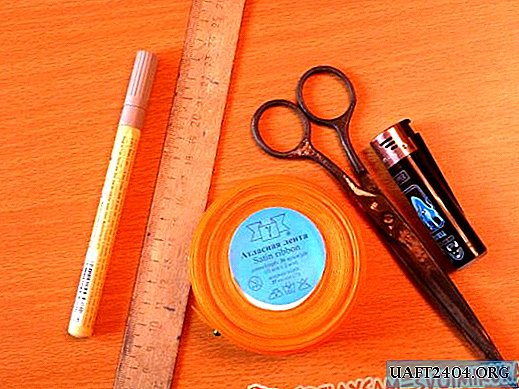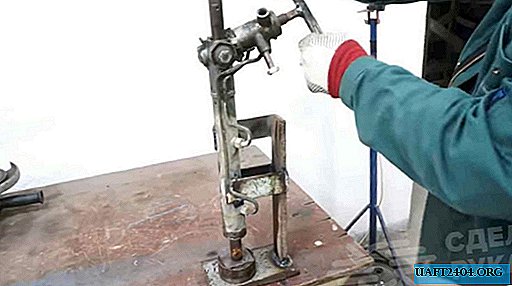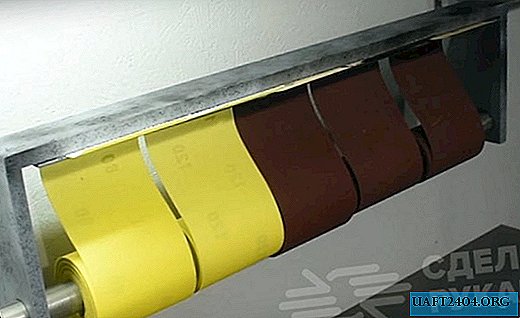Share
Pin
Tweet
Send
Share
Send
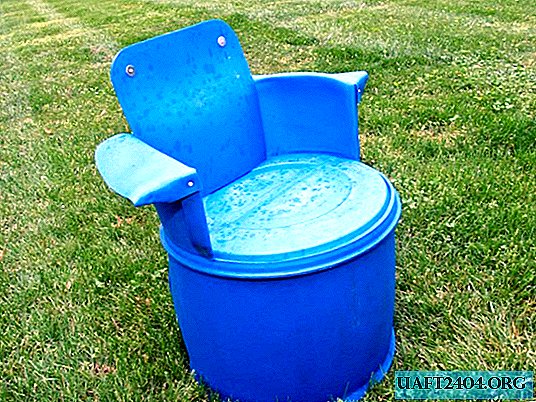
Tools Required
The most important tools in the execution of your work will be:
- jigsaw (you can use a high-quality steel knife or grinder);
- drill (even a manual one will do);
- blowtorch (soldering iron);
- rivets;
- screwdriver;
- sandpaper;
- wooden meter;
- a bucket of water and a clean rag.
Preparation for work
The first step you need to perform is to thoroughly wash the barrel so that you enjoy working with it. Having preliminarily prepared all the necessary tools, you can start work that will not take much labor and time if you carefully study everything and correctly perform the sequence of actions.
Measuring and cutting the barrel
When doing this work, do not forget that it is better to measure seven times, and cut off once and not vice versa. Also, do not forget about safety measures, as electric and sharp devices will be used.
Measure the height of the barrel and divide it in half. Then it should be at least six places around the circumference of the middle of the barrel to put the points at approximately equal distance from each other, this will ensure you draw a straight line and cut the barrel exactly in the middle. A jigsaw is ideal for cutting, but if not, use a tool that can perform this action.
Then proceed to measuring the upper part of the barrel you cut. You need to trim the top of the barrel to prevent bumps. If you use a barrel with a lockable lid, then you just need to cut the thread or the place where the lid is fixed.








When you have a cylinder, you also need to cut it in half, but only not vertically, but horizontally. To do exactly this all, observe the correct measurement. Put a wooden meter on top of the cylinder, which must be flat and without any defects. Measure from both sides of the meter the distance to it, it should be the same. When you have thus determined the middle, you make notes on the barrel at both ends of the meter. Then measure the distance between the points around the circle and transfer notes to the bottom of the cylinder, after which you can connect them and you get smooth lines. After cutting, and you get two semicircular plates, one of which for now should be postponed. Next, one plate will play the role of the back of the chair and armrests, on which you need to bend them correctly. To do this, take a ruler, measure the middle horizontally (at the ends of the plate) and mark it with dots, after that put 20 cm marks on the circle at the midline level. Draw a line from point to point, then draw up and you get a square. Cut from top to bottom along the line from two sides and on this preparation for soldering this element is ready. But for more comfortable armrests, you will need to once again divide the squares in half and bend, then solder something, or fix it with screws or rivets. For fastening, you just need to drill holes in the planes at the right joints. You can make a slightly different shape and size, unlike the specified example, just consider that the back should be strong.
The second plate will serve as an amplifier for the back and armrests. To do this, you need to cut out small plates from it, which will be fixed to the main structure of the back in the form of overlays. It is advisable to fix them together with rivets. You’ll have enough material, even some elements will remain after cutting a minor plate, and pieces that may seem unnecessary will be useful to you if you want to add personality to your chair and decorate, additionally carving figures at your discretion and fixing on the structure.









Assembly assembly
This action is performed directly using a soldering iron or blowtorch. A chair will work much better and more accurately, working as a blowtorch. If you are going to do everything with a soldering iron, then do not forget that for a strong design you need to solder the joints on both sides.







In general, put the base, which consists of the bottom of the barrel, the lid or the trimmed top of the barrel rests on it and gently soldered in a circle, after which you will get a strong base on which you can sit. If you do not do this, you will get a chair with an opening top, but this adversely affects the strength and reliability. We place the back made up to the top and just as carefully solder at the joints. If you worked with a soldering iron, then you may get uneven seams that should be cleaned with sandpaper. The chair is then almost ready, all that remains is to strengthen the back and armrests with pre-cut pieces of plastic. You can also cut a convenient plate on which you will be more comfortable sitting. Fix them in the right places on the heels and your chair is completely ready for use. If desired, the chair can be painted, after which it will take on a much better look, and you can use it wherever you want.
And so, without spending a lot of time and effort, you will get an original chair for everyday use. Any person can do such a job without special skills.

Original article in English
Share
Pin
Tweet
Send
Share
Send

